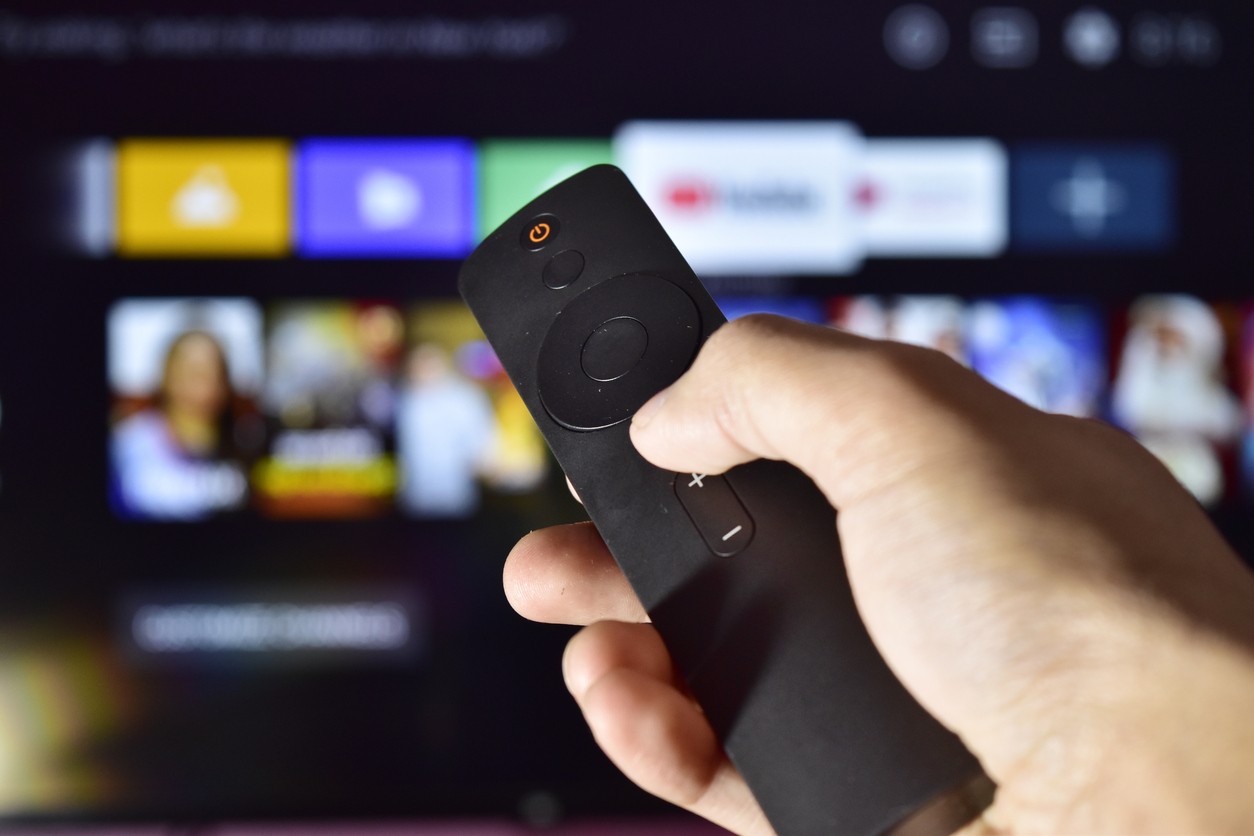Streaming TV Advertising.
Unlock the power of streaming TV advertising with MediaMax, where luxury brands meet innovation. Today’s affluent audiences demand more than traditional ads—they expect exclusive, tailored experiences. With precise targeting, MediaMax streaming TV ads ensure your brand reaches the right audience at the perfect moment, driving deeper engagement and delivering measurable results. Take your campaigns to the platforms your consumers trust and become a leader in the streaming advertising revolution.
Why CTV?
Cord-cutting is the new normal. Many households are skipping traditional cable or satellite TV services and turning to OTT platforms for their entertainment. With subscription costs rising, ad-supported platforms offering premium content at no cost are rapidly gaining traction. This shift has made CTV advertising a game-changer. By combining precision targeting with unmatched engagement, CTV ads put your brand directly in front of a large, receptive audience—redefining the way brands connect with today’s consumers.

Key Advantages
– Ads are targeted: Traditional TV ads rely on broad estimations for targeting, as there’s no way to know for sure who’ll be watching a program. With OTT delivery, advertisers have access to the user’s demographic info and general interests. Using that information, you can target your ads to the audience most likely to engage with them.
– Ads are non-skippable: Some services let users skip ads after a few seconds. That’s not the case with CTV ads. A user needs to let the ad play to the end before they can watch their show. Non-skippable ads mean your impressions are guaranteed.
– IP-based delivery: CTV ads use IP-based delivery, which provides access to a user’s data.
– User-control: With CTV ads, you can reach consumers at the right place and time. They have control over when they watch their favorite programs, which means they can be more receptive to TV streaming advertising before, during, and after their shows.

What Streaming TV Offers
MediaMax offers luxury brands a sophisticated, targeted, and engaging platform to connect with their desired audience. It is an investment in a future-facing advertising medium that resonates with the luxury market’s values and preferences, ensuring that brands remain relevant and impactful in the ever-evolving digital landscape.
Connected TV.
FAQs: Streaming TV Advertising.
Streaming TV advertising, also known as connected TV (CTV) or over-the-top (OTT) advertising, places your brand within professionally produced video content delivered over the internet. Unlike traditional broadcast commercials, these ads are served programmatically, allowing you to target specific audiences based on location, demographics, interests, or even viewing behavior.
At MediaMax, we help brands reach viewers on ad-supported streaming platforms across smart TVs, apps, and devices. This targeted approach ensures your message appears alongside premium content and reaches the right audience at the right time.
Over-the-top (OTT) advertising refers to ads that play when a user accesses streaming TV content, such as a show or movie on a streaming video service. OTT ads are different from traditional TV ads, also known as linear TV ads.
Linear TV ads are scheduled to air at specific times on specific channels. They’re notorious for being tuned out — users might mute their TVs, fast forward through the ads if they’ve recorded the program, or simply leave the room.
In contrast, OTT ads usually can’t be skipped and must play through to the end before the program begins. This ensures that streaming service advertising captures viewers’ attention in a distraction-free environment. OTT ads are also much more targeted than linear TV ads, making them more likely to reach an engaged, receptive audience.
CTV and OTT are similar but not the same. The best way to understand the difference between the two is to remember that CTV usually refers to the device a person uses to access streaming content. OTT is the software or platform that provides access to the content.
Often, a person uses a CTV device, such as a Roku player or smart TV, to access an OTT service. They can also access an OTT service on their tablet, computer or smartphone.
Yes, Hulu ads are targeted based on a user’s location, age, gender, and interests. You can also target ads based on program genre but can’t choose specific shows or movies where your ads will appear.
Hulu’s approach showcases the power of streaming services advertising by leveraging detailed audience insights for highly targeted ad placements, ensuring that your ads reach the right audience.
Hulu’s ad-supported plan is its most popular offering, consistently chosen by the majority of subscribers. Advertising on streaming TV through Hulu allows your brand to reach highly targeted audiences based on the following:
- Show genre
- User location
- User age
- User interests
- User gender
While you can select the genre of shows for your ads, you can’t choose the exact programs in which your connected TV ads will appear.





